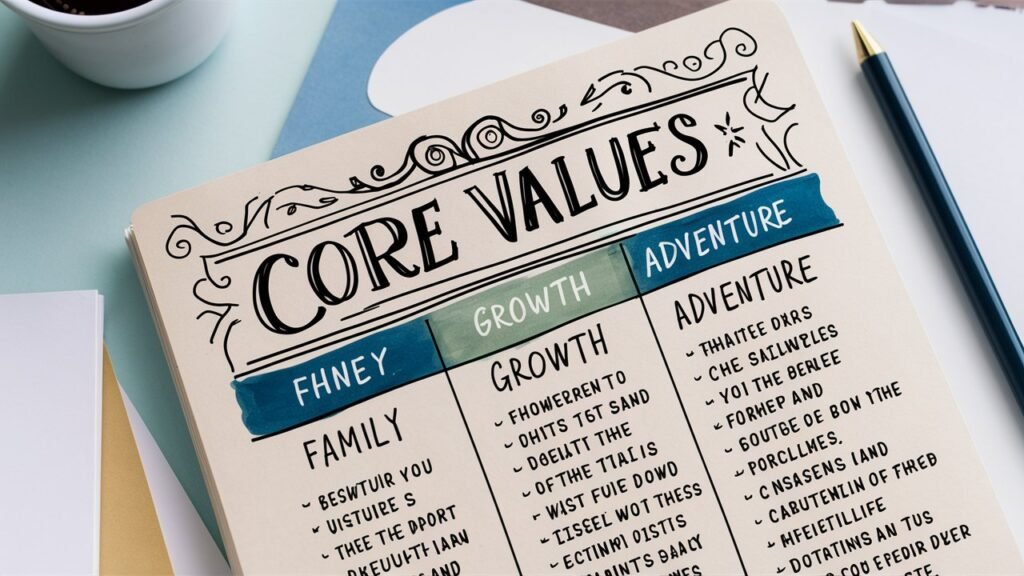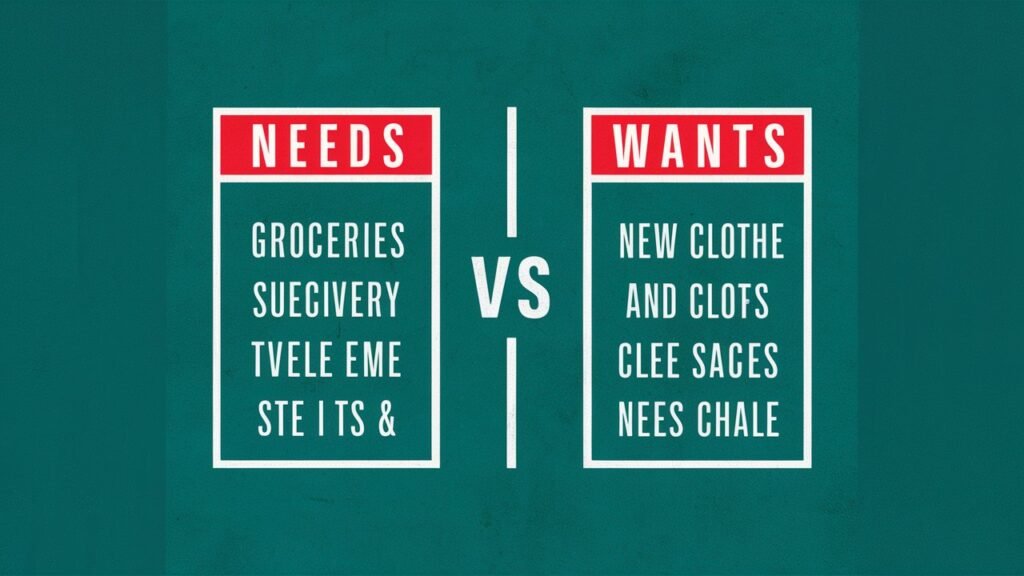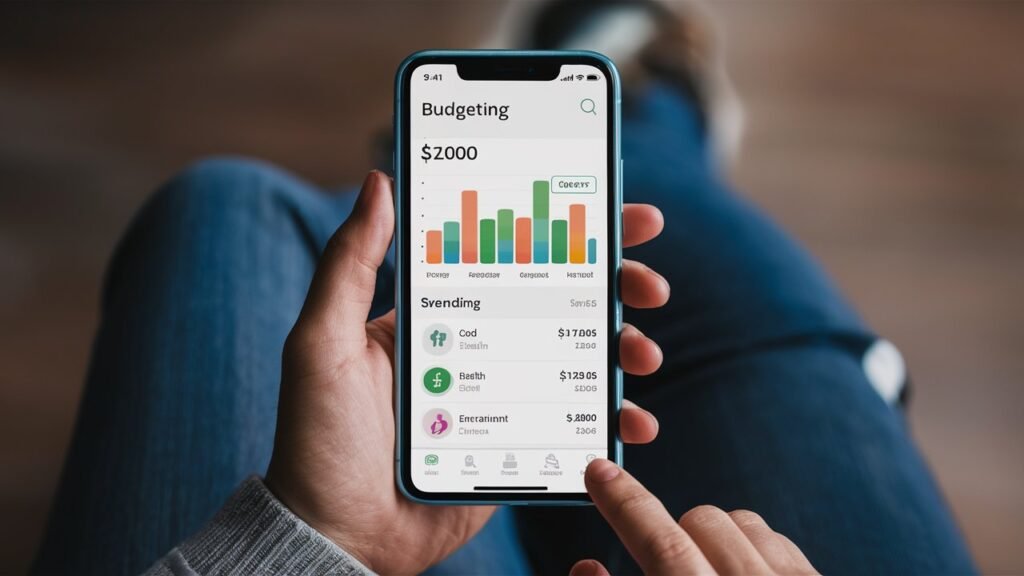Introduction
Simple acts of mindful spending give you merit over those more impulsive, emotional decisions you make with your being. It means making a conscious effort to match your financial choices with your most fundamental beliefs and develop them to contribute positively to your own life. This basically means that you are creating a healthier relationship with money while building toward greater personal fulfillment and financial peace. This article is here to provide ten practical tips that can help you to insert your spending into alignment with your belief system so that you may live life according to your priorities.
In the highly commercial world in which we currently live, it is easy to lose track of just what is important for us financially. Daily, our buying habits are influenced by advertisements, various social media, and societal pressures, which often results in purchases that do not fit in with our values or long-term vision. However, with a little mindfulness, one can regain control of spending and make choices truly reflecting oneself and one’s convictions.
Want more tips on aligning your finances with your values? Subscribe to our newsletter for practical advice and exclusive resources on mindful money management!
1. Define Your Core Values
Before you can start being more conscious about your spending, you need to establish what your most important values are. Understanding your core values serves as a basis for acting with intention in financial decisions. Values may include family, security, travel, personal growth, or even environmental responsibility-whatever resonates for you.
How to Start:
- Reflect on what brings you joy fulfillment and purpose.
- Write down your top 3-5 values, such as financial security health or adventure.
- Use these values as a guide when making financial decisions, asking yourself if each purchase aligns with them.
2. Set Meaningful Financial Goals
Financial goals provide direction, helping one allocate money toward what matters most. Goals bring purpose into spending and saving behavior, enabling the creation of a lifestyle that expresses one’s values. So, say one of your values is, for example, personal development; you would probably put a greater focus on saving for your education.
How to Start:
- Define short-term, mid-term, and long-term goals that reflect your values. Examples: saving for travel, paying off debt, or starting a business.
- Break down each goal into manageable steps, such as saving a set amount each month.
- Review your goals regularly to stay motivated and make adjustments as your values or circumstances evolve.
3. Differentiate Between Needs and Wants
One of the easiest ways to practice mindful spending is to differentiate between a need and want. A need is necessary for your happiness and well-being in life, while a want is some non-essential item that will only provide you with the chance of instant gratification. Once you can be clear on this distinction, your spending will be more value-driven.
How to Start:
- Before making a purchase, ask yourself, “Is this a need or a want?”
- Make a monthly list of needs (e.g., groceries, utilities) and wants (e.g., entertainment, luxury items).
- Use a “cooling-off period” for wants by waiting 24 hours before buying. This helps reduce impulse buying and ensures your purchases align with your goals.
4. Create a Value-Based Budget
The budget is a brief but powerful way to manage money according to values. Value-based budgeting distributes money according to your core values, ensuring that your spending reflects what is most important to you. This can translate into a much more fulfilling and intentional way of life.
How to Start:
- Start by listing all income sources and fixed expenses.
- Assign a spending limit for discretionary categories based on your values. For example, allocate more funds toward savings if you value financial security.
- Review your budget monthly to ensure it still reflects your goals and values.
5. Track Your Spending and Review Regularly
Keeping an eye on your spending is what any good manager of their financial life must do. When you keep track, you know without a doubt where your money is headed, allowing you to align your spending with your own values.
How to Start:
- Use a budgeting app or spreadsheet to record every purchase you make.
- Categorize your spending to see if it aligns with your values. For instance, if you value health, track how much you spend on fitness or wellness.
- Set a regular review time, like the end of each month, to see if your spending habits align with your goals.
6. Practice Conscious Consumption
Conscious consumption is a practice in which a person buys only that which will add value to their life. Such a practice would promote an intentional purchasing process toward an item that falls in line with certain values while avoiding unproductive purchasing decisions.
How to Start:
- Ask yourself questions like, “Will this bring lasting satisfaction?” or “How does this purchase reflect my values?”
- Focus on quality over quantity, choosing items that last and truly benefit you.
- Prioritize experiences over material items if they align better with your values.
7. Limit Social Media Influence on Spending
While social media can be both a good and bad influence on our buying habits, it can also incite buying things that we don’t need. Hence the need to be more selective about what we consume on social media so that we are less exposed to content that has no resonance with our values.
How to Start:
- Unfollow accounts that encourage excessive consumerism and follow accounts that promote values like minimalism or personal growth.
- Limit your social media time or set specific times to check it.
- Be mindful of how ads or influencers affect your desires, and remember that many purchases bring only temporary satisfaction.
8. Embrace Gratitude and Contentment
Gratitude is a feeling of appreciation shifting your mindset upon what you lack to what you have. Cultivating gratitude will invariably curb the desire to spend on unwanted things and find contentment with what you have.
How to Start:
- Write down three things you’re grateful for each day, including financial aspects (e.g., a stable job, ability to save).
- Reflect on how your existing possessions bring value to your life.
- Use gratitude as a tool to reduce impulse buying, as you’ll feel less need to “fill a void” with purchases.
9. Set Boundaries for Spending in High-Temptation Areas
Eating out and shopping online are just two of many areas where tendency can easily lead to overspending. An application of boundaries in these surroundings allows for the reduction of impulse purchases, and someone would stick according to one’s goals.
How to Start:
- Identify your high-temptation spending areas and set clear limits. For instance, set a monthly limit for dining out.
- Avoid “trigger” situations, like browsing shopping apps when you’re bored.
- Find alternative activities that support your values, like cooking at home if you value health.
10. Reflect on Purchases and Adjust Habits
Reflection is important for forming a conscious habit of spending. Taking time to think about what you have purchased in the past gives you the chance to learn from your financial actions and enable you to make better choices in the future.
How to Start:
- Keep a journal where you reflect on your recent purchases. Ask yourself if they aligned with your values and brought lasting satisfaction.
- Use insights from reflection to adjust future spending habits, focusing more on value-based purchases.
- Consider setting a monthly reminder to assess and refine your spending practices.
Conclusion
Mindful spending is a journey of aligning your financial habits with your core values. The following ten habits will help you pave the path toward financial peace, intention, and fulfillment. Perfection is not the goal; rather, it is improvement. Even small steps toward a mindful spending approach can help usher in great changes in your financial life and create a lifestyle that really reflects who you are.
Ready to embrace mindful spending? Subscribe to our newsletter for more tips and resources to help you align your money with your values and achieve your financial goals!
FAQs
Q: What is mindful spending?
A: Mindful spending is the practice of being intentional with your financial decisions, ensuring that your spending aligns with your core values and long-term goals.
Q: How can I identify my core values for mindful spending?
A: Reflect on what matters most to you in life—such as family, health, or financial security. Your core values are the things that bring purpose and fulfillment.
Q: Do I need a special budget to practice mindful spending?
A: A value-based budget can help, but the key is to track your spending, review it regularly, and adjust as needed to keep it aligned with your goals.
Q: Can mindful spending help me save money?
A: Yes, mindful spending often reduces unnecessary purchases, allowing you to save more while spending on things that genuinely matter.
Q: How often should I review my spending habits?
A: Monthly reviews are ideal. This allows you to identify patterns, make adjustments, and stay on track with your goals.











